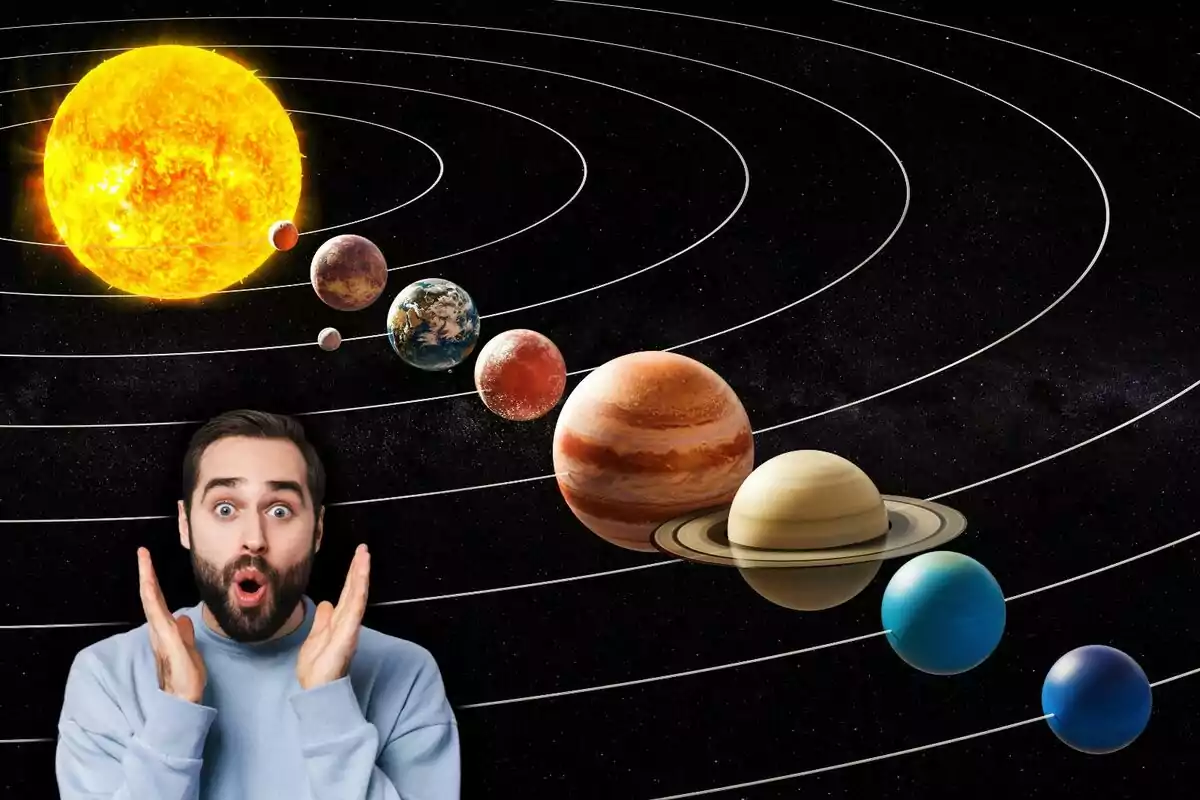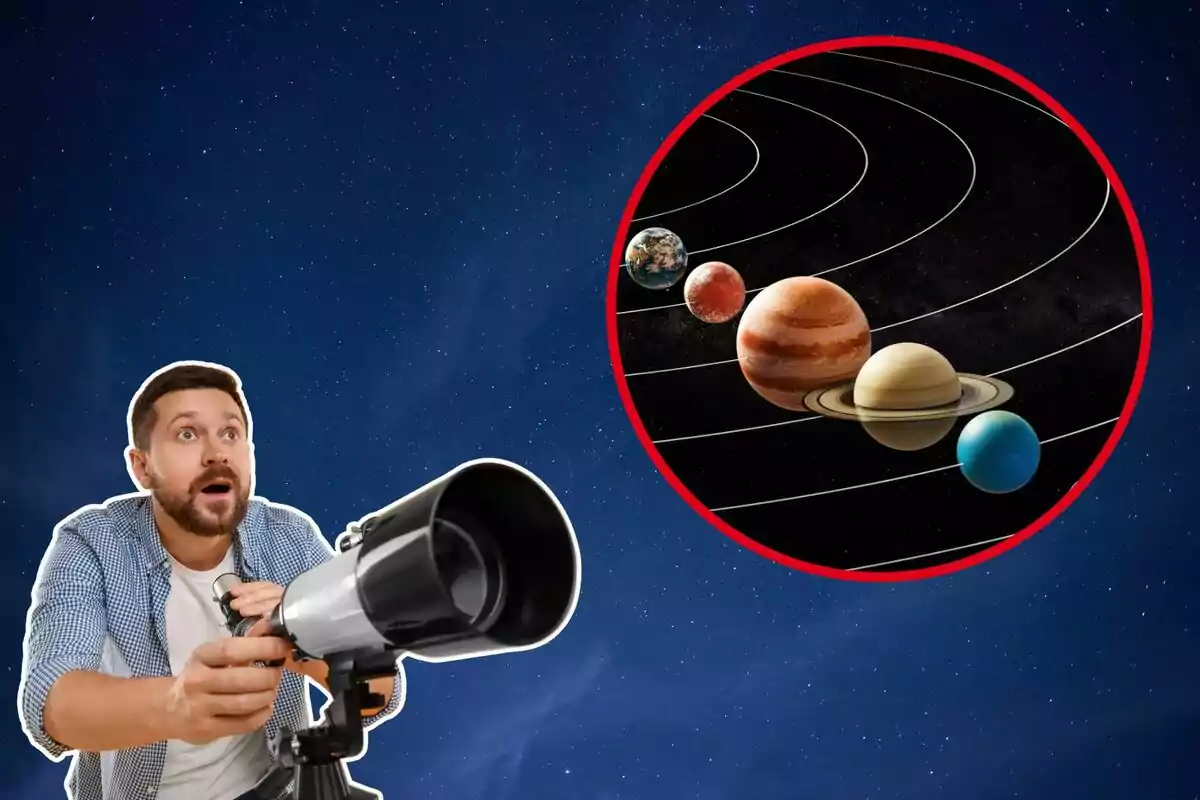The solar system never ceases to surprise us. After years of studying Pluto, the most famous dwarf planet, astronomers have found a new object in a remote area of space. This discovery opens a window to an unknown world and could revolutionize our way of understanding the cosmos.
A new neighbor in the Kuiper Belt
Pluto has always been the undisputed king of the Kuiper Belt, an icy region that stretches beyond Neptune's orbit. Many trans-Neptunian objects, or TNOs as they're called in the scientific community, are found there. The new dwarf planet 2017 OF201 is almost 4.2 billion mi. (6.7 billion km) from the Sun, just like Pluto at its closest point.
This object was detected thanks to images collected between 2011 and 2018 by very powerful telescopes such as the Canada-France-Hawaii (CFHT) and the Dark Energy Camera Legacy Survey (DECaLS). Thanks to this data, scientists were able to plot its orbit precisely and understand that it's a small body, but with interesting characteristics and a very particular path.

What makes 2017 OF201 special?
What makes 2017 OF201 unique isn't just its distance or size, but its trajectory. At its farthest point, it reaches 151 billion mi. (2.6 trillion km), near the Oort cloud, the outer boundary of the solar system. This cloud is made up of billions of comets and icy objects that surround the Sun and the planets.
The orbital behavior of 2017 OF201 is difficult to explain with classical laws of gravity. That's why its discovery has sparked a lot of interest among astronomers, who are trying to understand what invisible forces could be influencing its movement.
The impact on the Planet Nine theory
For years, scientists have debated the possible existence of Planet Nine, a hidden giant in the depths of the solar system. This idea arose to explain the strange alignment of certain trans-Neptunian objects.

The arrival of 2017 OF201 on the radar has reignited this debate. Although its orbit doesn't fit perfectly with what was expected for Planet Nine, its discovery forces some hypotheses to be reconsidered. Some experts believe that other bodies or unknown factors could influence these objects and change the research.
A universe full of surprises
Each new discovery like this reminds us that space is much vaster and more complex than we imagine. The detection of 2017 OF201 provides valuable data and encourages scientists to keep exploring and questioning what is known.
With more powerful telescopes, we'll keep discovering dwarf planets and phenomena that challenge our theories. The universe is constantly changing, and we are witnesses to how, little by little, it reveals itself before our eyes.

